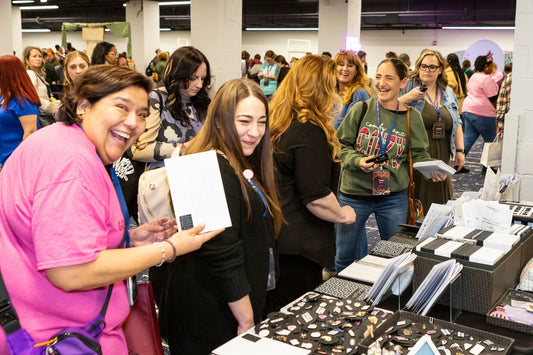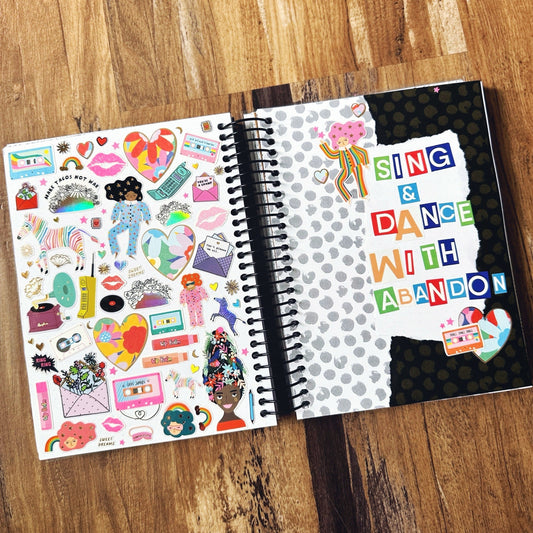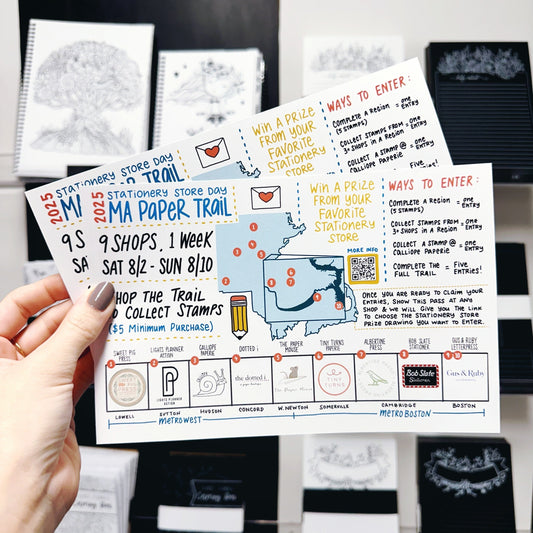Let’s be honest:
Sometimes I plan not because I’m ready to tackle my to-do list…
but because I’m actively avoiding it.
Enter: procrastiplanning — the beautifully chaotic art of organizing what needs to be done… in order to delay actually doing it.
Sound familiar? You're not alone. And guess what? It’s not a bad thing.

Wait, What Is Procrastiplanning?
Procrastiplanning is what happens when your brain says, “I don’t have the capacity to do this task right now,” and your heart replies, “Okay but… what if we made a cute color-coded list about it?”
It might look like:
- Rewriting your weekly layout for the 3rd time
- Making a master list of future master lists
- Testing every highlighter in your stash before starting that one big thing
- Organizing your inserts instead of opening your inbox
It’s not laziness. It’s not failure.
It’s a form of emotional triage — a gentle way of prepping your brain to feel ready eventually.
Why It Actually Helps (Especially If You're Neurodivergent)
On the surface, procrastiplanning looks like avoidance.
But underneath? It's often your brain’s way of creating structure, safety, and motivation — especially if you live with ADHD, anxiety, or executive dysfunction.
Here’s why it works:
-
You’re breaking down chaos into something visual and tangible.
Even a to-do list in cute handwriting can help you see the path forward. -
You’re easing into activation.
A low-pressure planning session is a “warm-up” that might lead you into action. -
You’re creating a sense of control in a world that feels overwhelming.
And sometimes that’s all you need to keep going.
Planning isn’t just about tasks. It’s about emotional regulation, self-trust, and creative coping.
Tools That Make Procrastiplanning Extra Valid
 If you’re going to organize your chaos instead of tackling it head-on… might as well use stationery that gets you. These tools are perfect for easing into action, even when action feels like a big ask.
If you’re going to organize your chaos instead of tackling it head-on… might as well use stationery that gets you. These tools are perfect for easing into action, even when action feels like a big ask.
🌀 The Lynn – Weekly Layout Sampler
Because planner commitment is hard, okay?
- 52 unique layouts: Try a different weekly format every single week.
- Great for planner fatigue: You're not flaky — you're just figuring out what works.
- Fun and forgiving: No pressure to get it right, just show up and try.
🗃️ Project Planner
A soft place to land for your big, messy, maybe-someday ideas.
- Flexible structure: Break any task into chunks, from “someday” to “right now.”
- Ideal for creative minds: Great for launches, events, or turning brain spaghetti into action steps.
- One project at a time: No chaos-juggling required.
📝 Daily Planning Notepads
Low-commitment, high-reward. AKA the holy grail of procrastiplanning tools.
- Undated + tear-off: Use it when you need it, no guilt if you don’t.
- Minimal but mighty: Just enough structure to feel focused — without pressure.
- Great for neurodivergent days: When your executive function says “nope,” this says “here’s a small place to start.”
Final Thought
So if you find yourself reorganizing your tabs, rewriting your to-do list, or decorating a planner spread instead of cleaning your kitchen — breathe.
You’re not failing.
You’re coping.
Planning is a valid mental health tool, even when it's not leading directly to action.
And honestly? Sometimes planning is the action.



